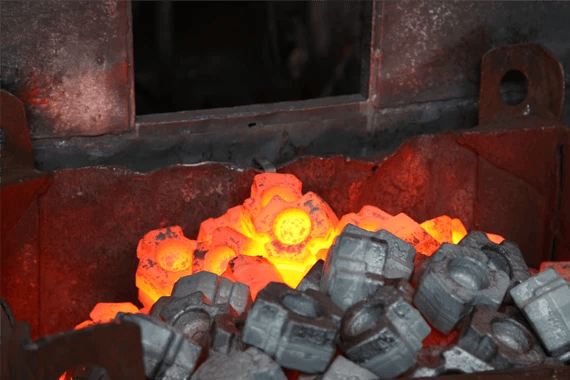Thermal Conductivity
Thermal Conductivity is the speed at which heat flows through a material. The total Energy transmitted is a function of the Thermal Conductivity, component dimensions and the temperature at each end of the component
This characteristic is very important in dynamic applications as heat will be generated at the rubbing interface such as in a Mechanical Seals or a Bearing. The Thermal conductivity of carbon/graphite can transfer heat away from the running face to avoid damage to the mating face and supporting components such as o-rings.
Electrical Resistivity
Electrical Resistivity is the resistance to electricity flow in a Brush or Contact. Although one might think all such applications would prefer the lowest Electrical Resistivity - not so.
Application such as DC Motors require a tailored brush with a unique Electrical Resistivity. In-addition we offer mid-range grades for slip rings etc., and very low Electrical Resistance Silver impregnated grades and composite grades.
Coefficient of Thermal Expansion
Materials grow with increasing temperature and likewise contract with decreasing temperature. The Coefficient of Thermal Expansion (CTE) is a measure of the magnitude of this dimensional change.
In the design of a Mechanical Seal, Bearing, or other static or dynamic components, it is much easer to accommodate a lower CTE than a higher (some plastics have a 20x higher CTE than carbon graphite materials).
Engineering Carbon Graphite & Electrographite Materials
Our portfolio of engineered carbon/graphite and electrographite materials offer a broad selection these characteristics to meet your specific application needs.
- A slip ring brush would require a lower electrical resistivity where as commutating brushes generally require a higher resistivity material.
- Heat spreaders in a laser application require a graphite with higher thermal conductivity.
- Baking hardware may require a matched coefficient of thermal conductivity to help form the product or not cause breakage.
- A glass handling fixture requires a low thermal conductivity to prevent checking on the product.

The above are also convoluted with the particular materials oxidation resistance depending on the operating temperature and environment.
Industries & Applications
The diversity of our materials are used in a plethora of applications including aerospace, industrial, medical, automotive, marine, energy generation, chemical processing, potable water, construction and many others.
To extend the applications and material properties of carbon/graphite and graphite materials these materials are often impregnated with a secondary material yielding a composite with enhanced properties.



